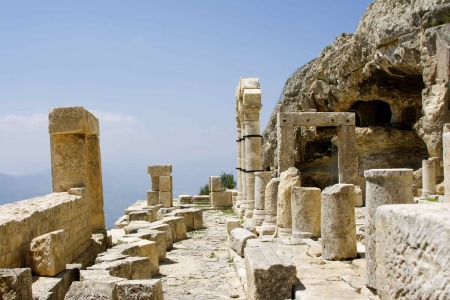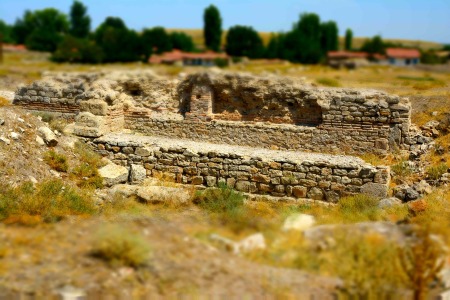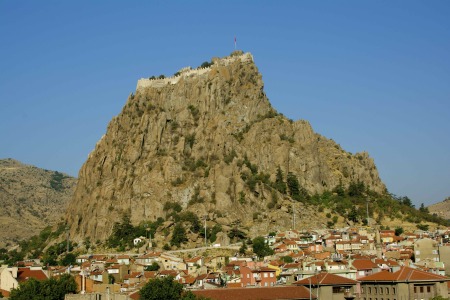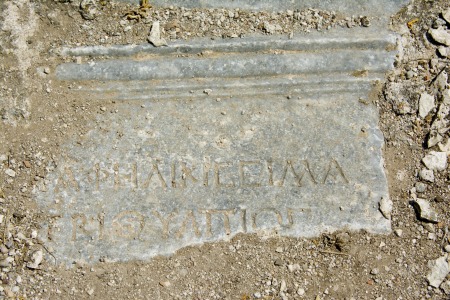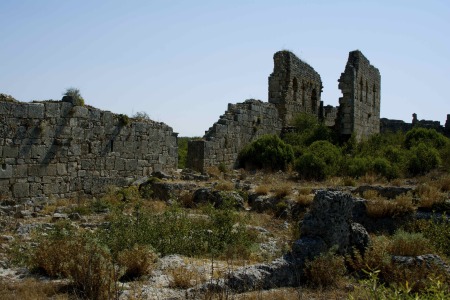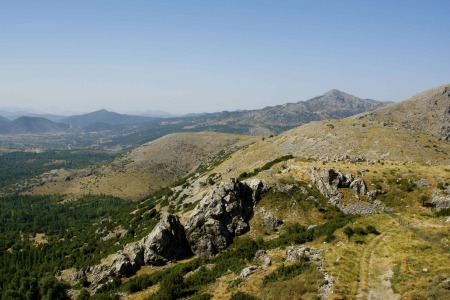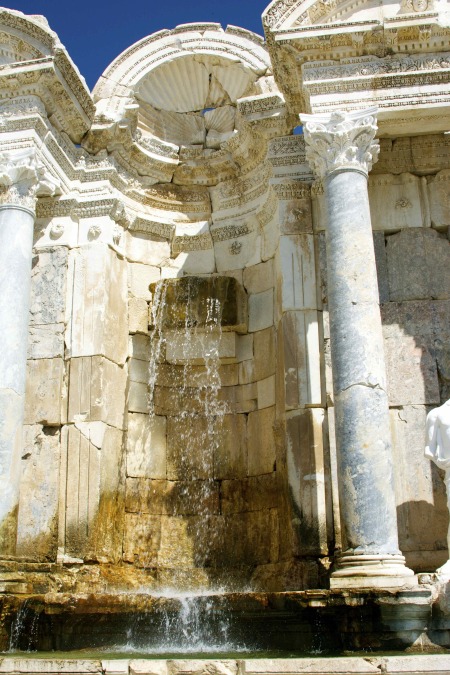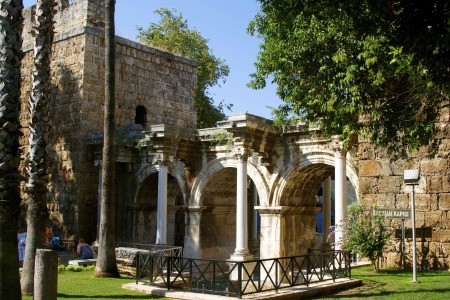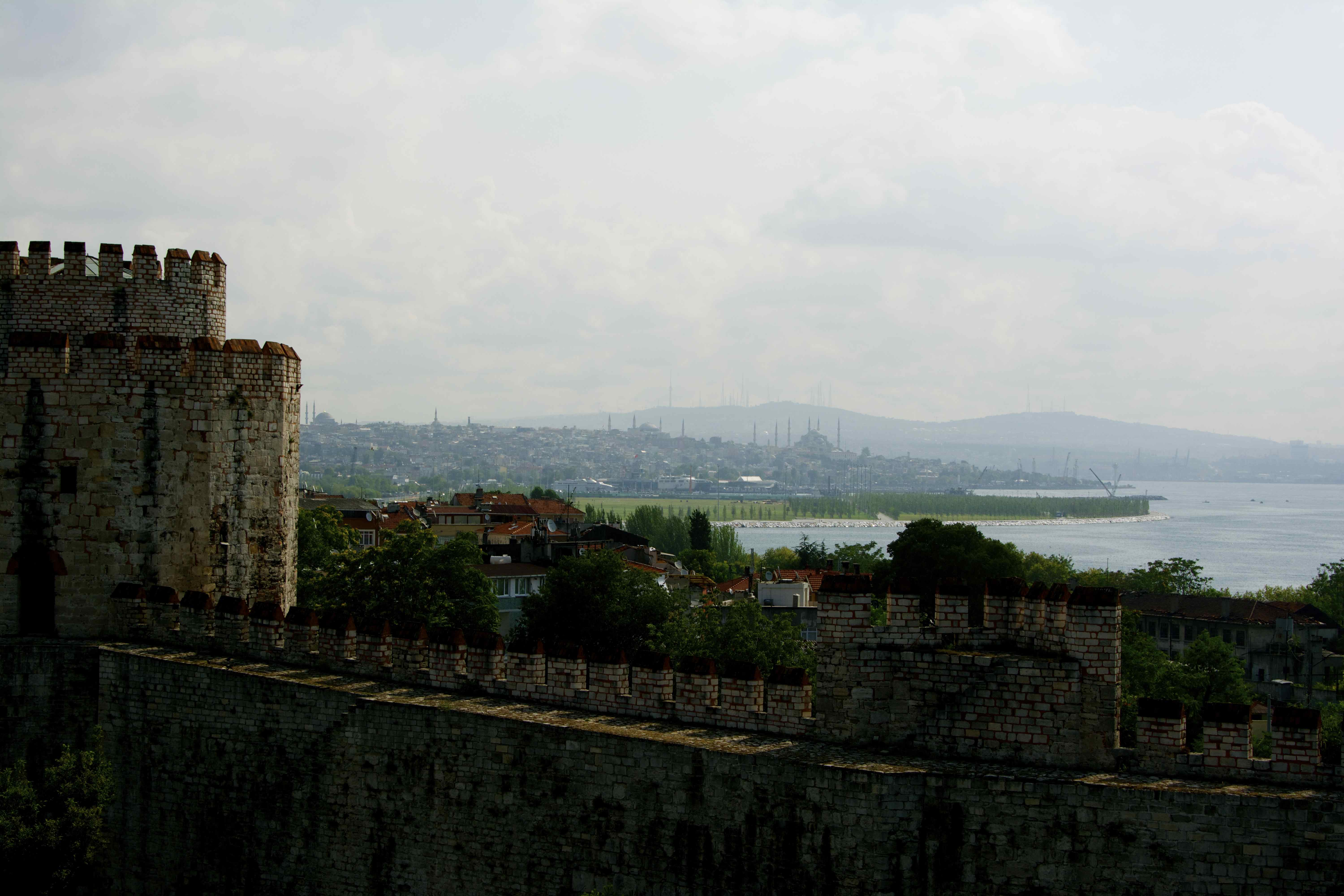To those who make it all possible...
 Friday, September 5, 2014 at 1:05PM
Friday, September 5, 2014 at 1:05PM My research trip to Turkey was several years in the making. Along the way, I was fortunate enough to get the help of some truly amazing, generous, thoughtful people, many of whom asked absolutely nothing in return, providing assistance out of simple enthusiasm for the project or the goodness of their hearts.
Many of the connections I made along the way were made possible by the fantastic people at Peter SommerTravels, including and above all Peter himself. I exchanged emails with Peter and his team off and on for several years as I planned the trip. They helped me identify potential sites to visit, introduced me to several useful contacts, and pointed me in the direction of a number of experts in various fields. Along the way, they were always gracious, always happy to help. Peter and his astonishingly qualified team of historians, archaeologists, and professional travel guides did all this without any benefit to themselves, aside from the pleasure of sharing their passion for their work with someone (me) who could appreciate it. I can't thank them enough. If I can convince Felicia that Turkey's Mediterranean coast really is a bit of heaven on earth, I hope to drag her along on one of Peter's gulet cruises. Missing out on that experience was one of my few regrets about the trip.
It was Peter who introduced me to Cem Yucesoy, the man who, in the end, helped me assemble all the disparate pieces of my jigsaw puzzle of an itinerary into a functional whole. If you've ever wondered how all those fantastic documentaries on The History Channel and the like get made, how all those film crews and actors and scholars and experts are assembled in these exotic places often out in the middle of nowhere (and believe me, many of these archaeological sites are truly, today, in the middle of nowhere) - well, Cem is your answer. Is it a coincidence that his name rhymes with "gem"? I think not. Sadly (for me), Cem was away on one of his many film and TV projects while I was in country, and was thus only able to point me in the direction of people I could meet on the ground. I was sorry to miss him. He was invaluable, and the trip would not have come together as it did without his intimate knowledge of the resources that could be tapped to get it all done.
Through Cem, in turn, I met Inci Turkoglu, guide extraordinaire, who steeered me through the maze that is modern Istanbul so I could find the historical treasures I was seeking beneath the sometimes thin veneer of the 21st century city. On my first morning in Istanbul, Inci sat with me over breakfast in my hotel and went over my much-marked-up map of the city, helping orient my research-driven conception of 8th-century Constantinople against the reality of modern-day Istanbul. She then organized a day-long outing that fulfilled all my history-nerd dreams, the geekish equivalent of arranging a front-row courtside seat at a Lakers game for a sports nut. She was also instrumental in hooking me up with several of the other people who gave me so much insight into my period later in the trip. Inci's energy and humor were a joy. It didn't hurt that she seemed to know every last person who has ever done archaeological work in or around Istanbul, at least by name.
It was Inci who took me to visit the Bathonea Project, where Haldun Aydingün and his team of archaeologists spent the better part of a morning showing me around one of the most astonishing sites in Turkey. On the shores of Lake Küçükcekmece, west of modern-day Istanbul, lies a peninsula that has thus far escaped the rampant development that surrounds it on all sides. Beneath the topsoil of the farms and the lush overgrowth along the lakeshore is layer upon layer of evidence of human habitation going back to the Paleolithic period. Only a tiny fraction of the site has been excavated to date, and there is all too much likelihood that the discoveres that lie in wait may be obliterated in favor of concrete-block high rise apartments. Haldun showed me two of the major digs from the previous season, enormous cisterns and market structures and roadways from the early Roman period and earlier. Almost as wonderful was the lunch the team shared with me, and their kindness toward this completely random historical novelist who walked into their trailers on a fine morning in early August. Amazing people, for whose generosity I am deeply grateful.
That same afternoon, Inci took me into the somewhat sketchy harborfront neighborhoods of Yenikapı, in the south and west of Istanbul, where the project to build a tunnel under the Marmara between Europe and Asia had uncovered an unexpected treasure trove. The Yenikapı Harbor Excavations, led by the Istanbul Archaeological Museums with technical expertise provided by the Department of Conservation of Marine Archaeological Objects at Istanbul University, have thus far uncovered more than 35 ships from the 5th to 11th centuries, in what was once the Byzantine Port of Theodosius at the mouth of Lykos Creek. The fresh water intermingled with the salt of the harbor helped to preserve the ships in a remarkably intact state - including at least two naval warships, dromon, the first examples of these archetypal vessels ever recovered.
The graduate students doing the delicate work of preserving these finds, under the auspices of the Istanbul University Yenikapı Shipwrecks Project, showed me around a warehouse chock full of tanks, work tables, and vats. I touched a 1500-year-old fragment of planking and saw the 3D rendering being developed to recreate the likely structure and layout of one of the vessels, based upon a careful analysis of the bits that have been recovered. Evren Türkmenoğlu and Namık Kiliç, two of the graduate research assistants who were hard at work that day, were gracious enough to share their findings with me. Their enthusiasm was infectious. The work is still at a very early stage - each of those 35+ ships represents someone's PhD thesis - and already the early discoveries have had a significant impact on our understanding of maritime trade and ship construction in the early to middle medieval period. Yenikapı may well be one of the most important sites ever found in the still-young field of nautical archaeology. I, for one, eagerly await further insights from these brilliant, dedicated people.
It was also thanks to Inci that I met up with Mark Wilson, founder and director of the Asia Minor Research Center and author of dozens of books and articles on the Biblical history of Turkey. Despite the fact that my research was several centuries outside Mark's strike zone, he spent an evening doing much as Inci had done, going over my Master Map of Turkey (with its many post-its and sticky notes) and helping me figure out which sites might have been prominent in the early 8th century and whose remains would be worth visiting in the early 21st. Mark's guidance was invaluable in my exploration of the area between Antalya and Eğirdir, a region that could easily have profitably absorbed weeks, if not months, of my time.
Mark also, more dubiously, introduced me to the best Mexican food in Antalya - which, I'm sad to say, left much to be desired. I suppose if you're thousands of miles away from home for months or years at a time, you learn to make do. I'm tempted to send Mark a care package full of tortillas, ancho chiles, and maybe menudo. If only it would make it through customs.
I'm grateful to all these wonderful people, and many more who showed me gratuitous kindness and unexpected generosity along the way. I made many new friends. Turkey's reputation for hospitality did not disappoint.
